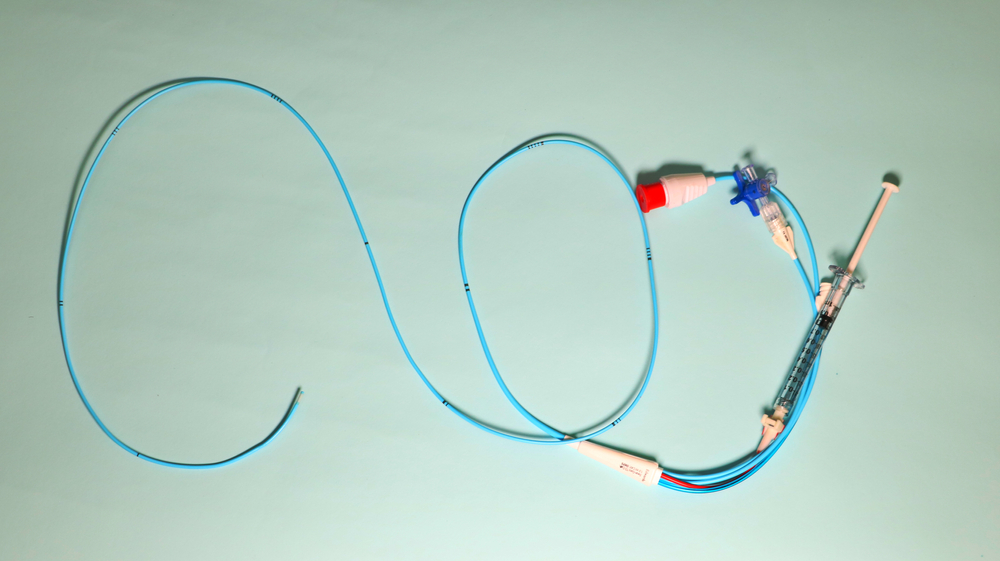Definition
Cardiac catheterization is an invasive procedure for specific study or therapy of the abnormalities in heart or vessel. Catheters are specially designed soft tubes that can be used to enter the arteries or veins in limbs, traverse its vessel routes until entering the heart. The whole process is well observed by an X-ray technique called fluoroscopy.
Purpose
- To measure the specific pressure and oxygen content inside each individual heart chamber or vessel.
- To evaluate the cardiac function: including cardiac output, pressures and vessel resistances.
- To disclose defects or anomalies in cardiac chambers, vessels or valves.
- To repair some cardiac, vessel or valvar defects by techniques of Interventional catheterization.
Preparations before cardiac catheterization
- Measure height and weight.
- Complete the following laboratory studies: Blood test, chest X-ray, electrocardiography and echocardiography.
- Set up intravenous lines for fluid and medications.
- Explain the procedure to the patient and guardians for they could sing the consent form.
- NPO for at least 4-6 hours before the test.
- Change clothes and take down all accessories.
- Parents or guardians can accompany the children to catheterization lab and wait outside.
- The children will be well sedated throughout the procedure.
Notice after cardiac catheterization
- Observe temperature or color changes in either leg. Notify doctors or nurses if any extraordinary symptom occurs, including pallor, cyanosis, cool, pain or shortness of breath.
- Bed rest for 2-4 hours
- To prevent bleeding, the puncture sites will be compressed by sand bags for 2 hours.
- Blood pressure, pulse rate, respiratory pattern, and body temperature will be measured intermittently for a few hours.
- NPO until patient's Consciousness returns, then water drinking is allowed.
- Stay warm
- In case of any adverse event occurring and patient becoming unstable, the patient will be transferred to intensive care unit for further care
- The doctor will explain to the family the result of the cardiac cauterization the next morning, or at the earliest convenient time.
Notice on home care
- Diet as usual
- Physical activity : intense activity should be avoided for 2-3 weeks
- Taking shower is allowed, as long as the wound is kept dry and clean
- Contact your doctor in case of any infection or bruise occuring around the puncture sites.


